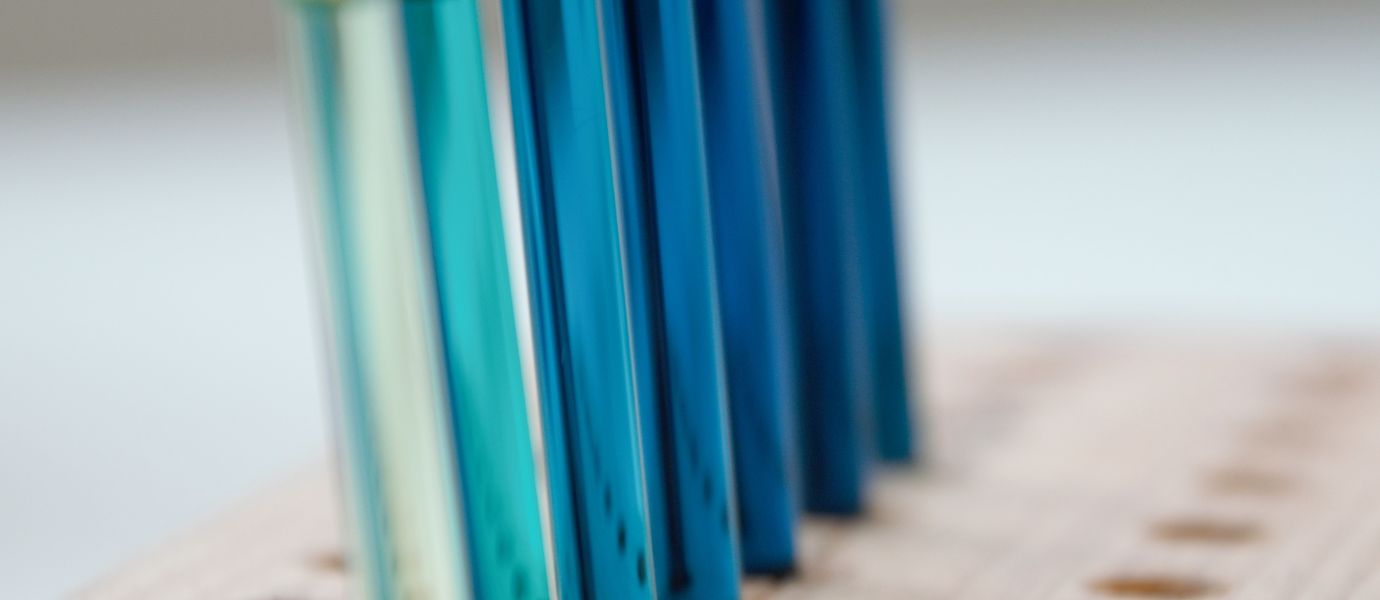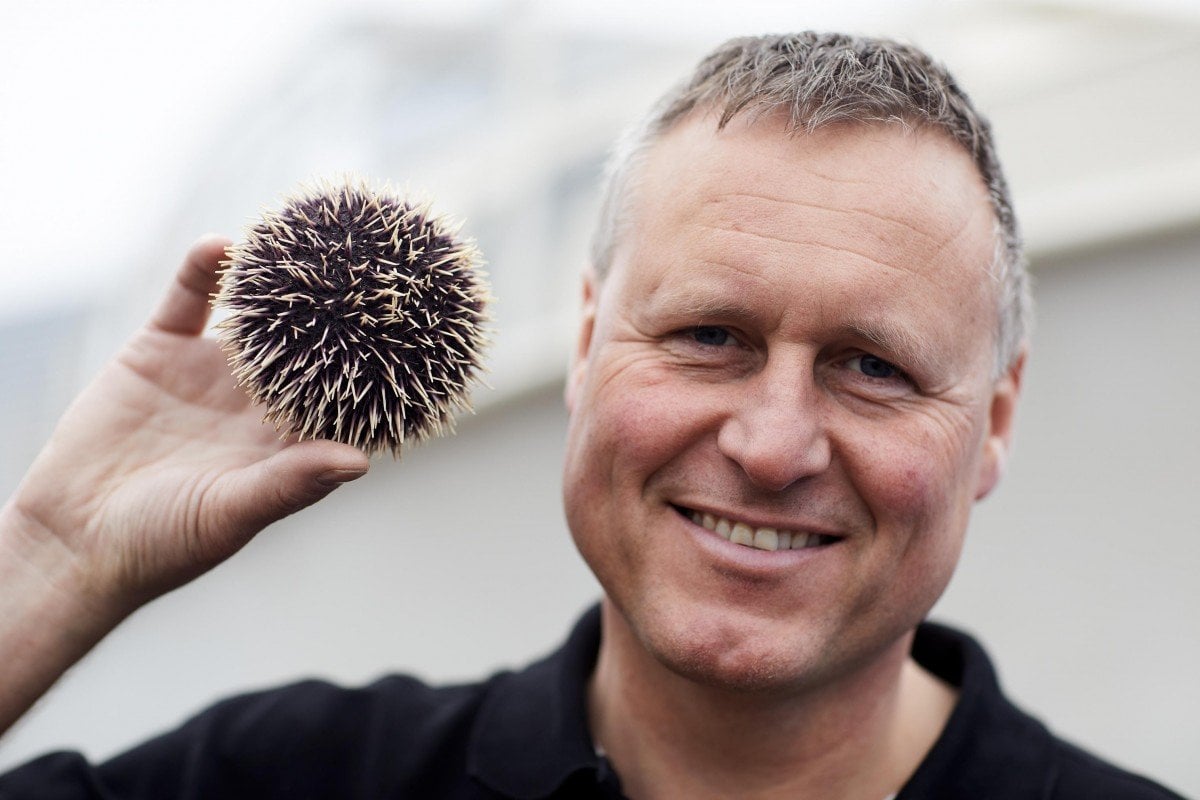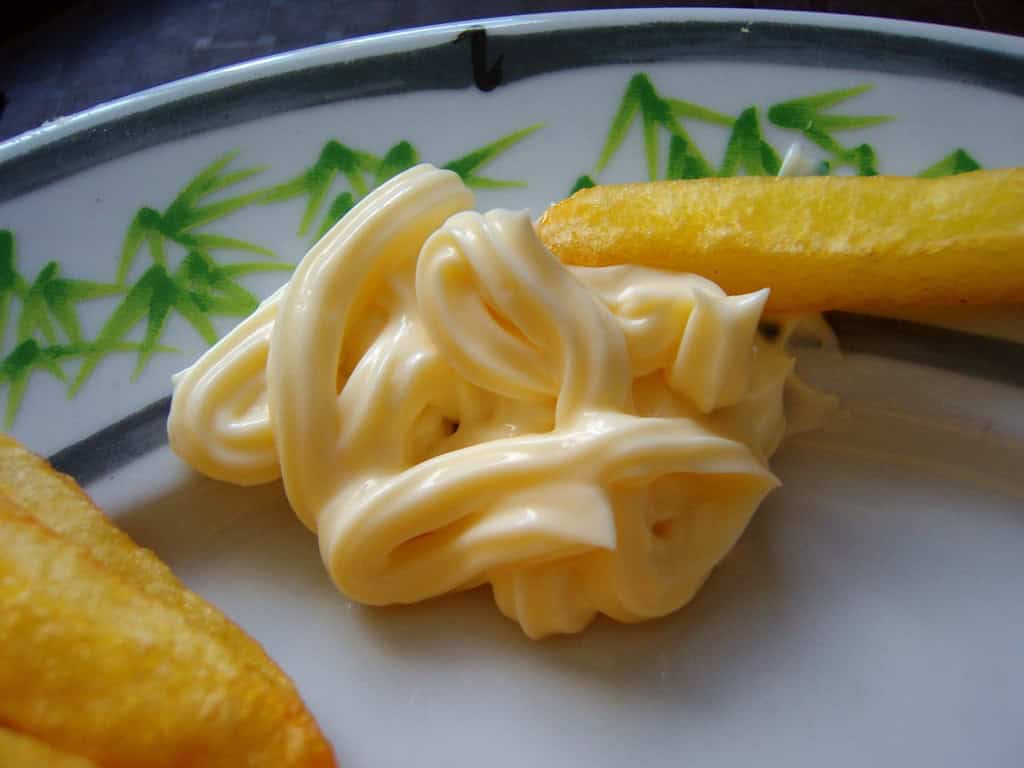
Phthalocyanines are used in renewable energy production, sensing, nanomedicine and more. Researchers at Aalto University have demonstrated how the dye can be produced in a greener way that minimizes high-boiling organic solvents, by using solid-state synthesis instead, the university writes in a press release.
Important role in nature
Organic, or carbon-containing dyes have important roles in nature. For example, they are responsible for transporting oxygen and other gases in the body (as part of haemoglobin) and converting solar energy into chemical energy in photosynthesis (chlorophyll).
One class of artificial organic dyes is phthalocyanines, which are widely applied in industrial processes, sensing, nanomedicine, solar cells and other optoelectronics. However, the production of phthalocyanines is not without its issues, says Eduardo Anaya, Aalto University Academy Research Fellow and one of the main authors of the new study.
“Phthalocyanines are produced by using a lot of solvents such as dimethylaminoethanol (DMAE). It is corrosive, flammable, bioactive and harmful to the environment.”
A ‘hot paper‘
Anaya and colleagues at Aalto University have demonstrated how phthalocyanines can be produced in a more environmentally friendly way with solid-state synthesis. Their research, published in the journal Angewandte Chemie International Edition, was categorised as a ‘hot paper’.
Industry in the European Union alone uses 10,000 tonnes of DMAE per year for many different processes. In this new method introduced by Aalto researchers, the amount of solvent is reduced by over 99%, says postdoctoral researcher Sandra Kaabel, another of the main authors.
The research team used phthalonitrile as the starting material, an organic compound commonly used in the production of dyes. It was first processed with a few drops of DMAE and a zinc template by ball-milling, after which the solid reaction mixture was aged in an oven at 55 °C for a week, or at 100°C for 48 hours.

Fascinating change of colour
‘It was fascinating to see how the colour went from white, through green and changed into a deep blue in the oven – you could see with your own eyes how the method works,’ says Kaabel. ‘By solid-state methods we can produce chemicals without needing to dissolve the components of the reaction.’
In the traditional method, a solvent is heated in between 160 to 250°C and the overall yield is fairly low in relation to the materials and time spent. The environmentally-friendly method developed by Aalto researchers boosted the space-time yield four-fold by removing most of the solvent and carrying out the reactions at a lower temperature.
You can read the full press release here.
Cover photo: Evolution of dye formation over 48 hours of reaction time, after dissolving equal amount of solid into equal amount of solvent. Image: Aalto University/Sandra Kaabel
Selected for you!
Innovation Origins is the European platform for innovation news. In addition to the many reports from our own editors in 15 European countries, we select the most important press releases from reliable sources. This way you can stay up to date on what is happening in the world of innovation. Are you or do you know an organization that should not be missing from our list of selected sources? Then report to our editorial team.




